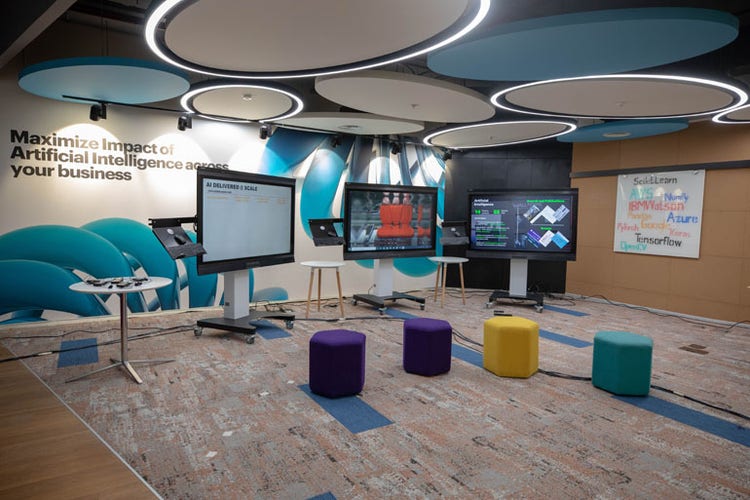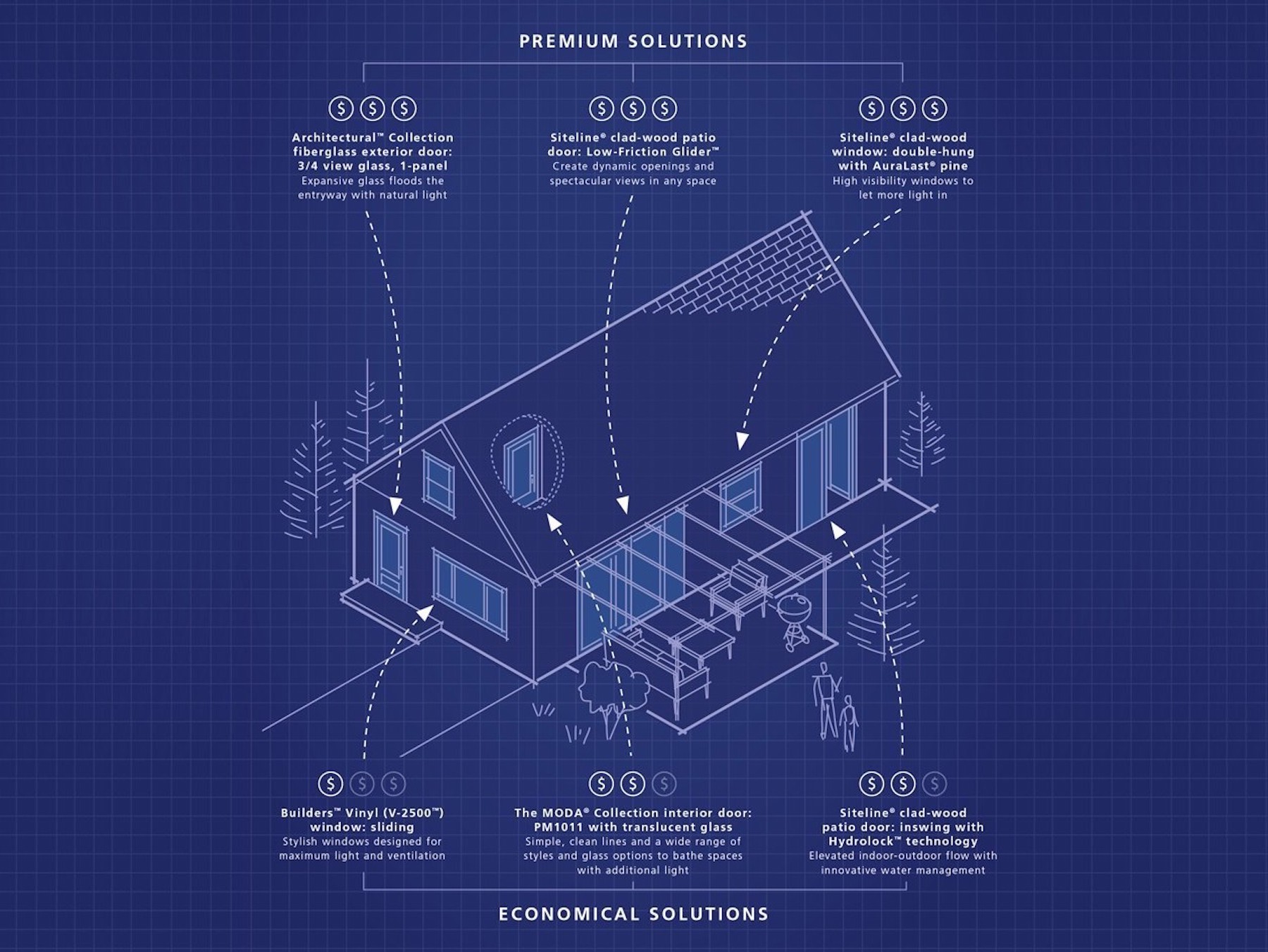Technology and spatial design integrate digital tools and techniques to enhance the functionality and aesthetics of physical spaces. From urban planning to interior design, technology serves as a critical component in optimizing spatial layouts, improving efficiency, and creating immersive experiences.
By harnessing the power of data, virtual reality, and augmented reality, designers can transform spaces into interactive environments that adapt to users' needs and preferences. Moreover, technology enables the seamless integration of smart devices, automation, and IoT (Internet of Things) solutions, further enhancing the connectivity and functionality of spatial design.
Embracing technology in spatial design revolutionizes the way we interact with our surroundings, bringing limitless possibilities to architecture, urban development, and interior design.

Credit: newsroom.accenture.com
The Role Of Technology In Spatial Design
The role of technology in spatial design is crucial in the modern era. Integration of technology in design processes has revolutionized the way spaces are conceptualized, planned, and executed. From enhancing user experience to incorporating sustainability, technological solutions have become an integral part of spatial design.
Technological advancements have opened up new possibilities for designers to create immersive and interactive environments that cater to the needs of users. Whether it's through virtual reality, augmented reality, or interactive installations, the use of technology enhances user engagement and creates memorable experiences.
In addition to user experience, technology also plays a vital role in incorporating sustainability in spatial design. From energy-efficient lighting solutions to smart home automation, technology enables designers to create environmentally friendly spaces that promote energy conservation and reduce carbon footprint.
| Key Points |
|---|
| Integration of technology in spatial design enhances user experience |
| Technological solutions promote sustainability in design processes |

Credit: www.probuilder.com
Strategies For Maximizing Impact And Innovation
Maximizing impact and innovation in spatial design requires a strategic approach that incorporates data and analytics to inform decision-making. By utilizing technology, design professionals can gain valuable insights and make informed choices to enhance the effectiveness of their work.
Collaboration and interdisciplinary approaches play a crucial role in maximizing impact. By bringing together experts from different fields, such as architects, engineers, and data analysts, teams can tap into diverse perspectives and expertise to create innovative designs that meet the needs of the modern world.
Moreover, embracing emerging technologies is essential for staying ahead in a rapidly evolving industry. Technologies such as virtual reality, augmented reality, and 3D modeling allow designers to create immersive experiences and visualize design concepts more effectively.
By adopting these strategies, design professionals can create spaces that not only look visually appealing but also optimize functionality and deliver impactful experiences to users. Technology and spatial design, when combined intelligently, have the potential to transform the way we interact with our environment.
Credit: medium.com
Frequently Asked Questions For Technology And Spatial Design,
What Is The Role Of Technology In Spatial Design?
Technology plays a crucial role in spatial design by enhancing visualization, enabling virtual reality experiences, and facilitating efficient project management. It allows designers to create and present 3D models, collaborate remotely, and streamline the design process for better decision-making.
How Does Technology Improve Spatial Design Collaboration?
With technology, spatial design collaboration becomes seamless as designers can work on projects simultaneously, share files and feedback in real-time, and communicate effectively through virtual meetings. This improves efficiency, reduces errors, and allows for a more cohesive and integrated design process.
What Are The Benefits Of Incorporating Technology In Spatial Design?
Incorporating technology in spatial design offers numerous benefits such as improved accuracy and precision in measurements, faster design iterations, enhanced visualization and presentation capabilities, better communication and collaboration among design teams, and the ability to explore and experiment with various design possibilities.
How Does Technology Impact The Spatial Design Industry?
Technology has revolutionized the spatial design industry by introducing new tools and software that streamline design processes, increase productivity, and improve the overall quality of design outcomes. It has also opened up opportunities for remote work, global collaboration, and advanced design techniques like parametric modeling and generative design.
Conclusion
The integration of technology and spatial design is revolutionizing the way we interact with our environment. From smart homes to virtual reality experiences, these advancements are reshaping our daily lives. As technology continues to evolve, architects, designers, and engineers must adapt and embrace the possibilities it offers.
By merging innovative technologies with thoughtful spatial design, we can create immersive and transformative experiences that enhance our quality of life. Together, technology and spatial design can bridge the gap between the physical and digital realms, unlocking endless possibilities for the future.

 inews69
inews69
